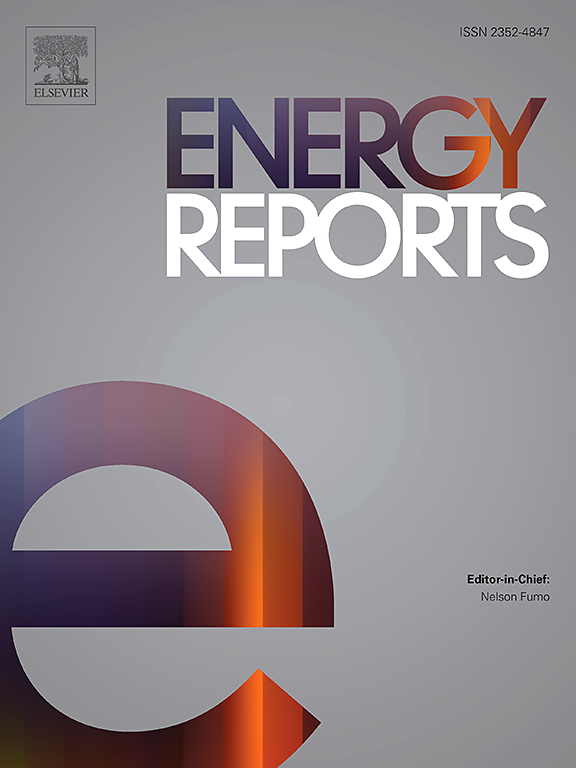Assessing the availability and feasibility of renewable energy on the Great Barrier Reef-Australia
IF 4.7
3区 工程技术
Q2 ENERGY & FUELS
引用次数: 0
Abstract
The Great Barrier Reef (GBR), the world’s largest reef system and a UNESCO World Heritage site, is one of the most complex natural ecosystems on Earth. However, the GBR is at considerable risk from climate change and there is an urgent need to reduce reliance on fossil fuels and decarbonise the many activities taking place on the GBR. This study assesses the availability of renewable energy resources- solar, wind, wave, and tidal- on the GBR. Findings indicate that solar and wind energy are the most abundant natural resources on the GBR, while wave and tidal energy are only available in sparse locations and are low in magnitude. A feasibility analysis is conducted for various renewable energy technologies based on a case study for an Aerosol Radiation Interaction Experimental Laboratory system (ARIEL), an apparatus being used to investigate marine cloud brightening on the GBR. Factors used in the feasibility assessment include maturity of technology, portability, adaptability across the GBR, and ecological impacts on marine life and birds. Results suggest that solar photovoltaics, installed on a barge, would be the most suitable option for rapid near-term implementation. Not only is solar energy available throughout the whole GBR, but it is also a proven and mature technology and would have minimal impact on marine life and on birds. A proposed hybrid energy system could reduce the ARIEL’s CO2 emissions by 44–59 %, varying by location. The findings offer a roadmap for deploying cleaner energy systems on the GBR, balancing environmental protection with technological considerations.
评估澳大利亚大堡礁可再生能源的可用性和可行性
大堡礁(GBR)是世界上最大的珊瑚礁系统,也是联合国教科文组织世界遗产,是地球上最复杂的自然生态系统之一。然而,GBR面临着气候变化的巨大风险,迫切需要减少对化石燃料的依赖,并使GBR上的许多活动脱碳。本研究评估了GBR上可再生能源(太阳能、风能、波浪和潮汐能)的可用性。研究结果表明,太阳能和风能是GBR上最丰富的自然资源,而波浪和潮汐能仅在稀疏的地区可用,且量级较低。以气溶胶辐射相互作用实验实验室系统(ARIEL)为例,对各种可再生能源技术进行可行性分析。ARIEL是一种用于研究GBR上海洋云增亮的设备。可行性评估中使用的因素包括技术成熟度、可移植性、整个GBR的适应性以及对海洋生物和鸟类的生态影响。结果表明,安装在驳船上的太阳能光伏将是近期快速实施的最合适的选择。不仅整个GBR都可以使用太阳能,而且它也是一项经过验证的成熟技术,对海洋生物和鸟类的影响最小。拟议的混合能源系统可以减少ARIEL的二氧化碳排放量44 - 59% %,因地点而异。研究结果为在GBR上部署更清洁的能源系统提供了路线图,平衡了环境保护与技术考虑。
本文章由计算机程序翻译,如有差异,请以英文原文为准。
求助全文
约1分钟内获得全文
求助全文
来源期刊

Energy Reports
Energy-General Energy
CiteScore
8.20
自引率
13.50%
发文量
2608
审稿时长
38 days
期刊介绍:
Energy Reports is a new online multidisciplinary open access journal which focuses on publishing new research in the area of Energy with a rapid review and publication time. Energy Reports will be open to direct submissions and also to submissions from other Elsevier Energy journals, whose Editors have determined that Energy Reports would be a better fit.
 求助内容:
求助内容: 应助结果提醒方式:
应助结果提醒方式:


